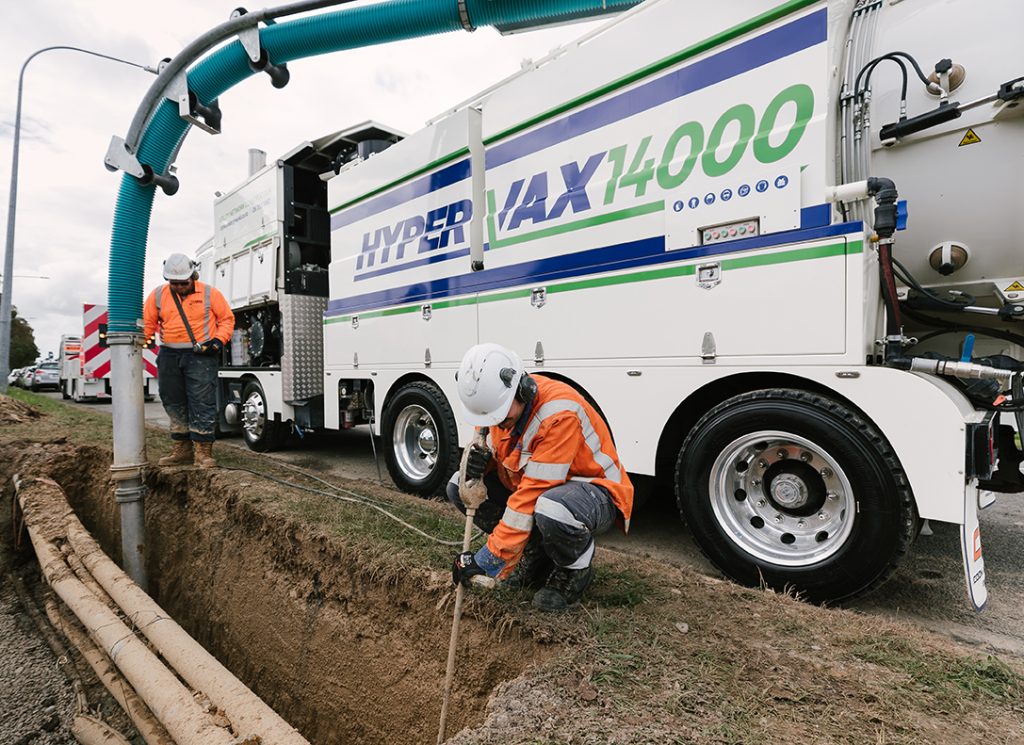Regulatory Compliance in Hydro-Excavation Operations
Regulatory compliance in hydro-excavation operations is a critical aspect of ensuring safety, environmental protection, and adherence to legal standards. Hydro-excavation, a method that utilizes pressurized water and a vacuum system to excavate soil, presents unique challenges and risks that necessitate comprehensive regulatory frameworks. These regulations typically cover various aspects of the operation, including equipment specifications, personnel training, environmental impact mitigation, and community safety measures. One key aspect of regulatory compliance in hydro-excavation is the proper selection and maintenance of equipment. Regulatory bodies often establish guidelines regarding the specifications and safety features of hydro-excavation machinery to minimize the risk of accidents and equipment failure. These guidelines may include requirements for pressure ratings, vacuum systems, and overall structural integrity. Regular inspections and maintenance schedules are usually mandated to ensure that equipment is in optimal condition, reducing the likelihood of malfunctions that could lead to hazardous situations.

Personnel training and certification play a pivotal role in regulatory compliance. Hydro-excavation operators must undergo rigorous training programs to acquire the necessary skills and knowledge to operate the equipment safely and efficiently. Certification processes are often mandated to validate that operators meet the required standards. This ensures that individuals operating hydro-excavation equipment are well-versed in safety protocols, emergency procedures, and the proper execution of excavation tasks. Environmental considerations are another crucial component of regulatory compliance in hydro-excavation operations. Regulations typically require measures to minimize the environmental impact of hydro-excavation activities. This includes the proper disposal of excavated material, sediment control, and the prevention of spills or leaks that could harm ecosystems. Compliance may involve obtaining permits, adhering to specific disposal guidelines, and implementing best practices to protect water sources and surrounding habitats. Community safety is paramount, and regulatory frameworks address measures to mitigate risks to the public during hydro-excavation operations.
This may involve establishing safe work zones, implementing traffic control measures, and communicating with local authorities to coordinate excavation activities. Compliance often requires thorough planning and risk assessments to identify potential hazards and develop strategies to minimize their impact on nearby communities. Documentation and record-keeping are essential aspects of regulatory compliance. Operators are typically required to maintain detailed records of equipment inspections, personnel training, environmental monitoring, and any incidents or accidents that occur during hydro-excavation operations. This documentation serves as evidence of compliance with regulatory standards and is subject to periodic audits by regulatory authorities. In conclusion, regulatory compliance in hydro excavation companies Green Bay operations is a multifaceted endeavor that encompasses equipment, personnel, environmental protection, and community safety. Adhering to these regulations is not only a legal requirement but also crucial for preventing accidents, protecting the environment, and maintaining public trust. Operators in the hydro-excavation industry must stay abreast of evolving regulatory frameworks to ensure that their practices align with the highest standards of safety and responsibility.